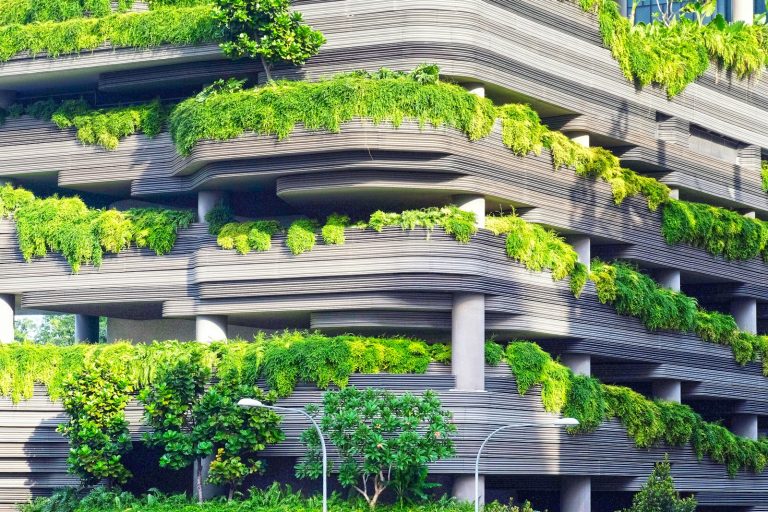At the heart of the green revolution in urban design, Bangor, Maine architects are leading by example, demonstrating how sustainable practices can be integrated into architectural projects. This blog explores the cutting-edge strategies being implemented in Bangor to create eco-friendly, energy-efficient buildings that pave the way for a sustainable future.
Story Stages
The Imperative for Sustainable Design
Sustainability in architecture goes beyond the mere reduction of carbon emissions. It encompasses a holistic approach that considers the lifecycle impacts of buildings, from construction through to occupancy and beyond. Sustainable design seeks to minimize environmental degradation by optimizing resource use — including energy, water, and materials — while promoting health and wellbeing for its inhabitants.
Key strategies in sustainable architecture include the use of renewable energy sources, such as solar and wind power; the incorporation of green roofs and walls to enhance biodiversity and reduce heat; and the implementation of water-saving technologies to ensure the efficient use of this precious resource. Furthermore, sustainable design involves choosing materials that are durable, recyclable, and sourced in an environmentally responsible manner.
Designing for Resilience
While sustainability focuses on reducing a building’s environmental impact, resilience is about preparing the built environment to withstand and recover from adverse conditions, such as natural disasters, climate change effects, and social changes. Resilient design is about creating buildings and infrastructure that are adaptable, flexible, and capable of enduring future challenges without significant damage or loss of function.
This involves considering the long-term effects of rising temperatures, sea-level rise, and increased frequency of extreme weather events in the architectural design process. Features of resilient design include elevated structures in flood-prone areas, materials that can withstand high winds and earthquakes, and landscapes designed to absorb stormwater runoff.
The Role of Technology in Sustainable and Resilient Design
Advancements in technology play a pivotal role in the development of sustainable and resilient architecture. Digital simulation tools and predictive modeling enable architects to assess the environmental impact of their designs and optimize them for energy efficiency and resilience. Smart building technologies, such as automated energy management systems and dynamic window shading, further enhance a building’s ability to reduce energy consumption and adapt to environmental conditions.
Moreover, the integration of green technology, like photovoltaic panels and green roofs, into architectural designs is becoming more seamless, demonstrating that sustainability can enhance aesthetic value while providing functional benefits.
Community and Urban Scale Sustainability
The principles of sustainability and resilience extend beyond individual buildings to encompass entire communities and urban areas. The concept of green urbanism advocates for the development of cities that are livable, sustainable, and resilient. This involves creating compact, pedestrian-friendly communities with access to public transportation, green spaces, and local amenities, thereby reducing the need for car travel and encouraging a more active, community-oriented lifestyle.
Urban resilience also involves designing cities that can adapt to changing demographics and economic conditions, ensuring they remain vibrant and functional for future generations. This includes flexible housing solutions, mixed-use developments, and public spaces that can evolve over time.
Ethical and Inclusive Design
An essential aspect of designing for sustainability and resilience is ensuring that architectural practices are ethical and inclusive. This means considering the social impacts of design decisions, such as ensuring equitable access to resources and amenities, designing spaces that are inclusive of all members of society, and engaging with local communities throughout the design and development process.
Looking Ahead: The Future of Architecture
As we move forward, the importance of designing for sustainability and resilience will only increase. Architects and urban planners will need to continue innovating and embracing new technologies and methodologies to create spaces that meet the needs of a changing world. This will involve not only addressing environmental challenges but also fostering social cohesion, economic stability, and cultural vibrancy.
In conclusion, architecture for a changing world requires a shift in perspective, from seeing buildings as static entities to viewing them as dynamic components of a larger, interconnected ecosystem. By prioritizing sustainability and resilience, architects can ensure that our built environment not only withstands the challenges of today but also contributes to a healthier, more sustainable future for all.
